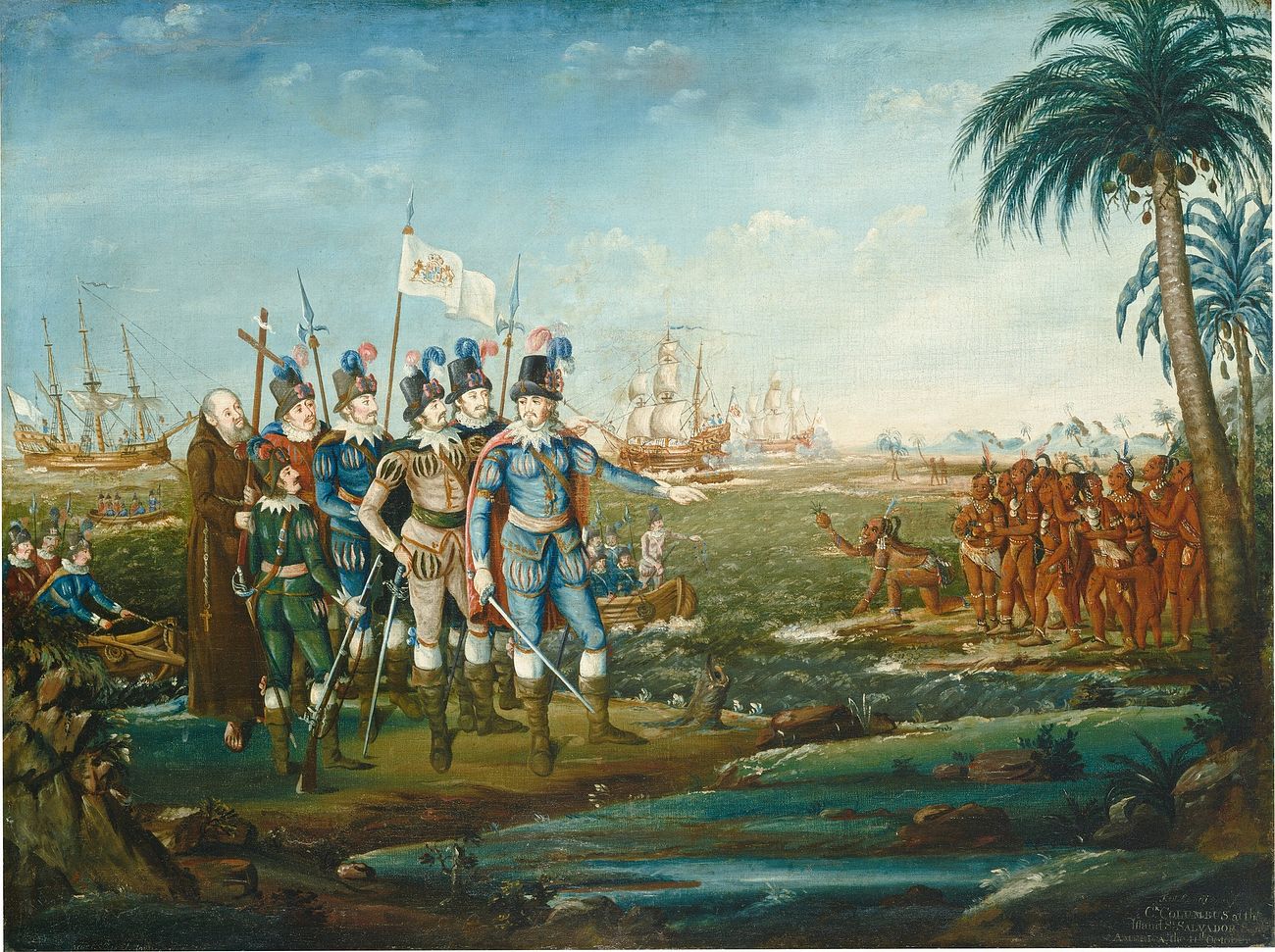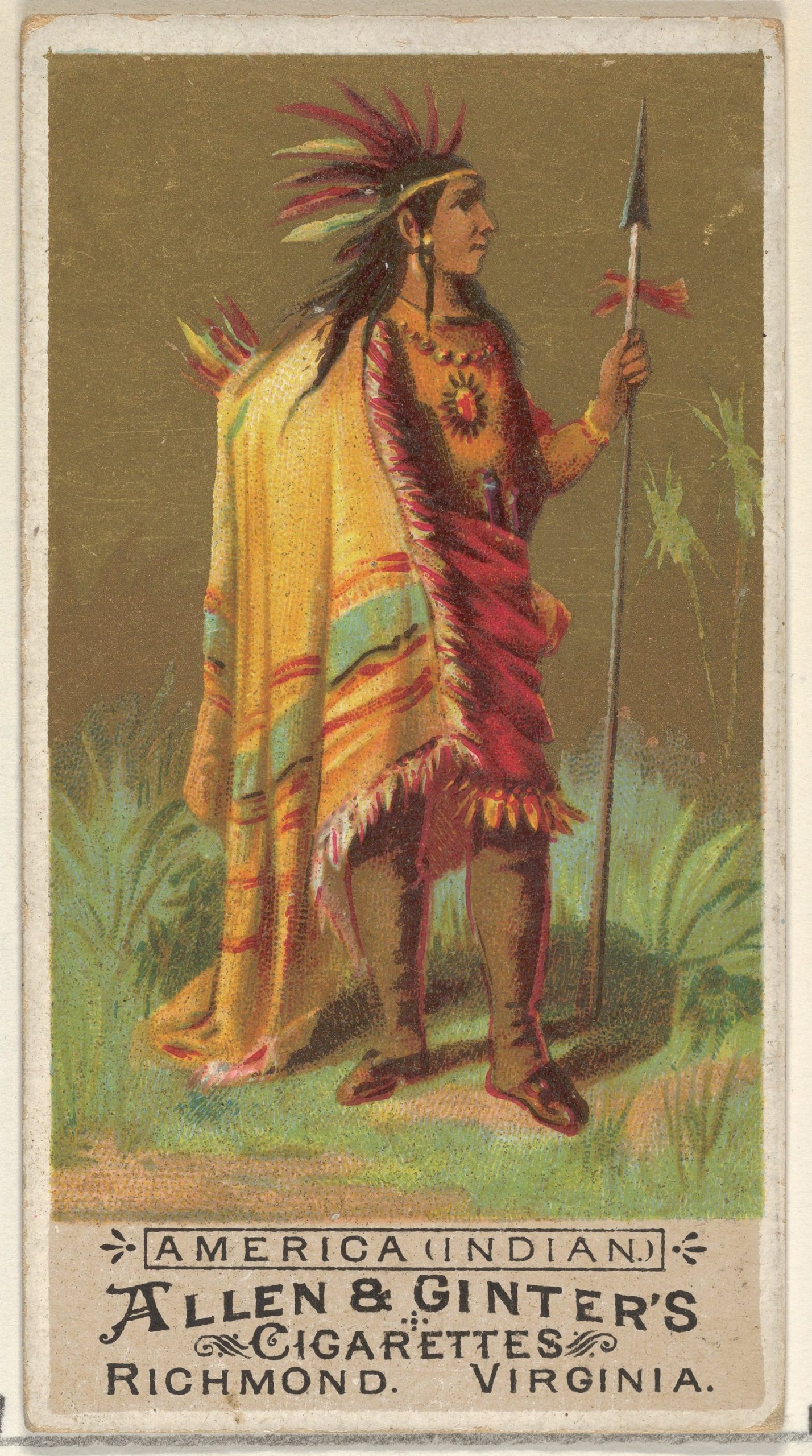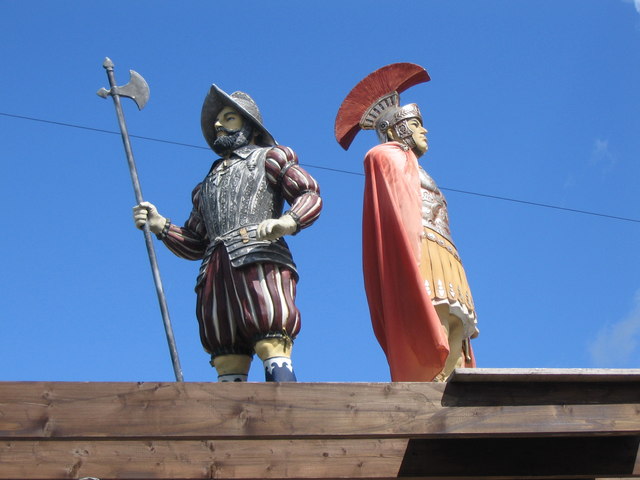Slavery is most often associated with the enslavement of Africans in the southern states of America. However, there is a forerunner to this despicable chapter in human history with Christopher Columbus the native Indian slaver. The discoverer of the Americas, who is lauded in our history books, was a dedicated slaver of native Indians. Starting in the Caribbean, Columbus immediately seized upon the indigenous inhabitants to fund his colonising endeavour via the sale of these enslaved Indians. Economic considerations were firmly at the heart of Admiral Columbus’ actions in this regard. The Spanish invaders were motivated by their love of gold and justified their exploitative cruelty with a thin covering of Christian missionary zeal.

Columbus Was A Businessman & Slaver
You may not be aware that the Spanish entirely wiped out the population of Indigenous Indians from the Caribbean. Their 15C conquest of these islands saw the native population enslaved and worked to death in the extraction of gold, pearls, and other economic activities. The Spanish used the Indians as pack animals to carry goods and work the land unceasingly. In many recorded instances, they did not feed them adequately despite the back breaking work they were subjected to. Yes, introduced diseases played their part as well in the genocide of the Caribbean Indians but many millions were badly mistreated along the way. The conquistadors and colonists would enthusiastically use the young female Indians as sex slaves for their pleasure. The Catholic Church would turn a blind eye to these extracurricular activities by the supposedly religiously bound Spanish men.

Illegal Indian Slave Trade & Columbus
Around 1502 Queen Isabella, the patron of Columbus, concerned at the number of enslaved Indians being sent to Castile would with her husband King Ferdinand declare the trade illegal. Columbus contravening this, as he captured thousands of natives and sent them back to Spain for financial gain was ordered to be arrested by Isabella. The Spanish conquistadors were driven by greed and opportunity to maximise their economic activities. This was the chance to set up their families in wealth and privilege for generations. Enslavement of non-Christian natives was their modus operandi and extracting every last gasp of energy out of them, even at the cost of their lives, was seen as sound economic practice. Christopher Columbus the native slaver embodied this Spanish approach to making one’s fortune in the Americas.

Slavery & The Economic Imperative
Their were a couple of caveats around the illegal slave trade in native Indians and used most often was the cannibalism loophole. If the native Indian was shown to be involved in cannibalism then it was fine to enslave such Indigenous people. This resulted in a proliferation of stories about cannibal Indians throughout the Caribbean and Americas more generally. Economics once again shaped the truth with necessity being the mother of all invention. The fake news was used to justify continued mass enslavement, as the exploitation of the New World demanded the free labour of the Indians. Spanish slavers would capture the population of entire islands and move them to where workers were needed for gold mining and pearl diving, as the existing slaves died off via their mistreatment. Thousands of slaves would die aboard the slaver ships from lack of water and the cramped conditions in the extreme heat and humidity. The Spanish would murder the entire population in less than a century. Thus, began the introduction of the present local inhabitants of the Caribbean with African slaves being brought in.
“1562 – First English slaving expedition led by Sir John Hawkins to present day Sierra Leone. Hawkins transported a total of 1,200 African captives into slavery to Spanish-occupied Hispaniola (present day Haiti and the Dominican Republic) for financial gain and trade products that included sugar and ginger.”

The native Indians under Spanish law actually had rights but these were ignored and brushed aside by the Conquistadors and settlers in the Americas and Caribbean. Economics always had precedence over morality historically and this remains the same today. Tens of millions of native Indians were wiped out via slavery, disease, and warfare. In this version of slavery, women and children were valued higher than men because of the sex angle predominantly. The Indian women were perceived as attractive to Spanish eyes and you could breed with them. Thus, the children would develop new identities and be loyal to the master and his cultural ties. These are the true considerations of slavery as an institution and industry. It is interesting that the celebration of Columbus hardly ever mentions his propensity for the business of slavery. Especially considering its vital importance to the economic reality of his journey of discovery to the Americas. White historians of European descent rarely mention the ugly reality of what this conquest of the New World was truly like. The genocide of millions of native Indians doesn’t even rate a mention. One must ask how does anything good ever come out of something so evil. New World nations like the US and Australia spend a lot of time downplaying the true extent of the horrors of their founding. “Oh, that happened a long time ago!” The celebration of their founding is never slurred by inconvenient truths about the suffering it caused to millions of First Nations inhabitants of these lands. The business of slavery economically set up the New World and created massive wealth for Old World families. The economic benefit of slavery would fund the technological advancement which drove the industrial revolution. Our modern worlds are the direct beneficiaries of the wealth generated via the enslavement of millions of Indian and African human beings.
“As Reséndez acknowledges, there is no simple way to tell this story. Indian slavery was simply too variable, too long-lived, and too geographically expansive to be contained in a single, comprehensive volume. What he offers instead is a collection of snapshots that together capture the breadth and durability of Native American unfreedom. As Reséndez reminds us, indigenous American societies had practiced slavery long before the first Europeans landed on their shores. But with the arrival of white colonists, Indian slavery “became commodified, expanded in unexpected ways, and came to resemble the kinds of human trafficking that are recognizable to us today” (3).
Reséndez begins with the first Europeans to arrive in the New World. Christopher Columbus himself effectively inaugurated the Middle Passage, he argues, when he shipped 550 Indian captives to the slave markets of the Mediterranean. Subsequent generations of colonists and conquistadors found further uses for Native American slaves. For centuries, the [End Page 474] silver mines of Mexico fed off the brutal exploitation of coerced indigenous labor. Of course, Indians were hardly passive victims, and they occasionally struck back, most notably in the Pueblo Revolt of 1680—what Reséndez provocatively dubs “the greatest insurrection against the other slavery” in the title of his sixth chapter.”
Economics Is A Dirty Word
I was walking with a friend the other day and he turned to me and said, “do you know what I hate in this world, ‘economics.’” Economics he went on to say is the ready excuse given for every kind of immoral activity and crime against humanity. It is the widely accepted cover for a multitude of sins committed upon the earth and against vulnerable human beings. It is the pseudo-scientific term for old fashioned greed and rapacious behaviour.
Many nations in Central and South America continue to struggle economically. It is no coincidence that these places were heavily involved in slavery and exploitation of their native populations for centuries. Similarly in Africa many countries are viewed as basket cases by many in the West. What is not recognised is the untold damage done to these places by exploitative colonisation and slavery. Yes, local inhabitants were involved in the slave trade in both instances but it is always the industrial scale expansion of these things by European powers which lies at the heart of the massive damage done. The inhuman behaviour exhibited by profit driven entities and individuals has poisoned vast tracts of peoples and their countries.
Robert Sudha Hamilton is the author of Money Matters: Navigating Credit, Debt, and Financial Freedom.
Recommended Reading
The Other Slavery: The Uncovered Story of Indian Enslavement in America
By Andre Resendez
©House Therapy

